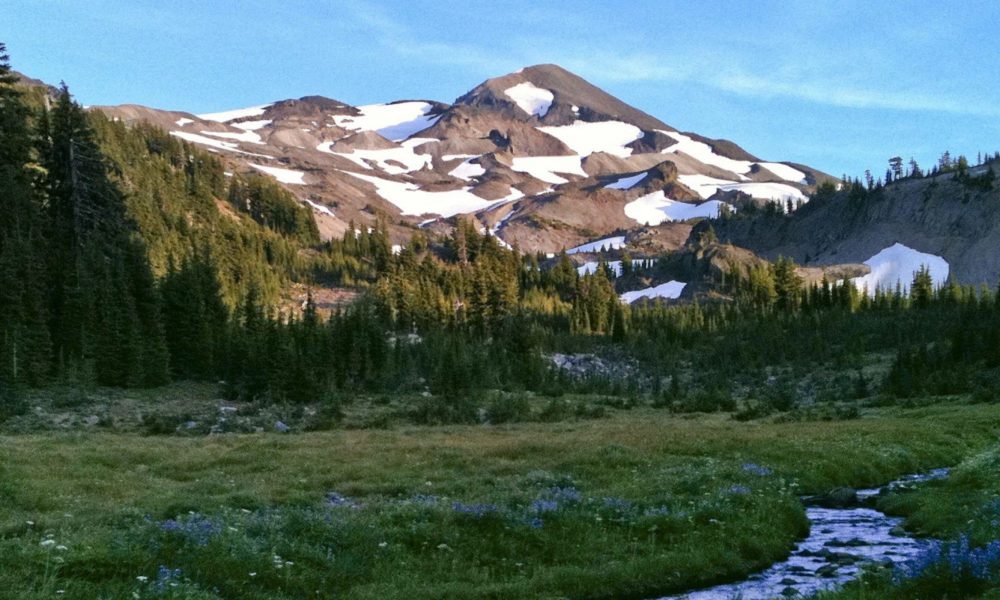Staying calm during an emergency is crucial,
as it helps you think clearly and make better decisions.
Here are some tips on how to maintain your composure in stressful situations:
- Know Your Plan: Familiarize yourself with emergency plans and procedures beforehand. Knowing what steps to take can reduce anxiety and help you act quickly.
- Practice Regularly: Conduct drills for different types of emergencies (e.g., fire, earthquake, medical emergencies). Regular practice can make you more confident and less anxious when a real situation arises.
- Focus on Breathing: Deep, slow breathing can help calm your nervous system. Try inhaling deeply through your nose, holding for a few seconds, and then exhaling slowly through your mouth.
- Stay Informed: Keep up with local emergency alerts and updates. Reliable information can help you make informed decisions and reduce uncertainty.
- Prioritize Tasks: Identify the most important tasks and tackle them first. Breaking down the situation into manageable steps can help you stay focused and reduce feelings of being overwhelmed.
- Keep a Level Head: Try to stay rational and avoid panicking. Remind yourself that staying calm will help you handle the situation more effectively.
- Seek Support: If possible, work with others. Having a support system will help you stay calm and provide additional resources and perspectives.
- Use a Checklist: Prepare a checklist for emergencies, use it to guide your actions, and ensure you don’t overlook important steps.
- Stay Hydrated and Nourished: Physical well-being can impact mental clarity. Ensure you’re hydrated and have eaten, if possible, to maintain good energy levels.
- Practice Self-Care: In the aftermath of an emergency, take time to process the experience and care for your emotional well-being. Seeking support from friends, family, or professionals can be helpful.
Enhancing your ability to remain calm and manage emergencies more effectively involves a combination of preparation, practice, and mental strategies.
Educate Yourself
- Learn About Risks: Understand the types of emergencies that might occur in your area.
- Take Courses: Take First Aid, CPR, and Emergency Management Courses to gain practical skills and confidence.
Develop an Emergency Plan
- Create a Plan: Outline steps for different scenarios, including evacuation routes, communication methods, and meeting points.
- Establish Roles: If you live with others, assign roles and responsibilities to each person in an emergency.
Prepare an Emergency Kit
- Emergency Supplies: Assemble a kit with essentials such as food, water, medications, first aid supplies, flashlights, batteries, and important documents.
- Regular Updates: Check and update your kit regularly to ensure items are current and functional.
Practice Regularly
- Conduct Drills: Regularly practice your emergency plan with your family or household members.
- Simulate Scenarios: Engage in different emergency scenarios to practice quick decision-making and problem-solving.
Stay Calm in the Moment
- Pause and Breathe: When an emergency arises, take a moment to breathe deeply and assess the situation before reacting.
- Focus on What You Can Control: Concentrate on actions you can take rather than what you cannot control.
Use Stress-Reduction Techniques
- Mindfulness and Meditation: Practice mindfulness or meditation to improve your ability to stay calm under pressure.
- Visualization: Imagine yourself handling emergencies successfully to build confidence and reduce anxiety.
Stay Informed and Connected
- Emergency Alerts: Sign up for local alerts and notifications for timely updates.
- Communication Plan: Plan to stay in touch with family and loved ones during and after an emergency.
Enhance Emergency Problem-Solving Skills
- Decision-Making Practice: Engage in activities that improve decision-making skills, such as strategic games or problem-solving exercises.
- Stay Flexible: Be prepared to adapt your plan as situations evolve.
Build Emotional Resilience
- Develop a Support Network: Cultivate relationships with people who can provide emotional support during crises.
- Seek Professional Help: If you struggle with anxiety or stress, consider speaking with a mental health professional for guidance.
Reflect and Learn
- Post-Incident Review: Afterwards, reflect on what went well and what could be improved. Use these insights to refine your plans and response strategies.
- Continuous Improvement: Regularly review and update your emergency plans and skills based on new information or experiences.
Integrate these practices into your routine, and you’ll enhance your ability to remain calm and manage emergencies more effectively, ultimately increasing your safety and preparedness.
Stay Vigilant and Be prepared
In addition, take these steps to ensure you and your loved ones are better prepared to handle emergencies effectively. It’s always better to be proactive than reactive for safety and preparedness.
















You must be logged in to post a comment.